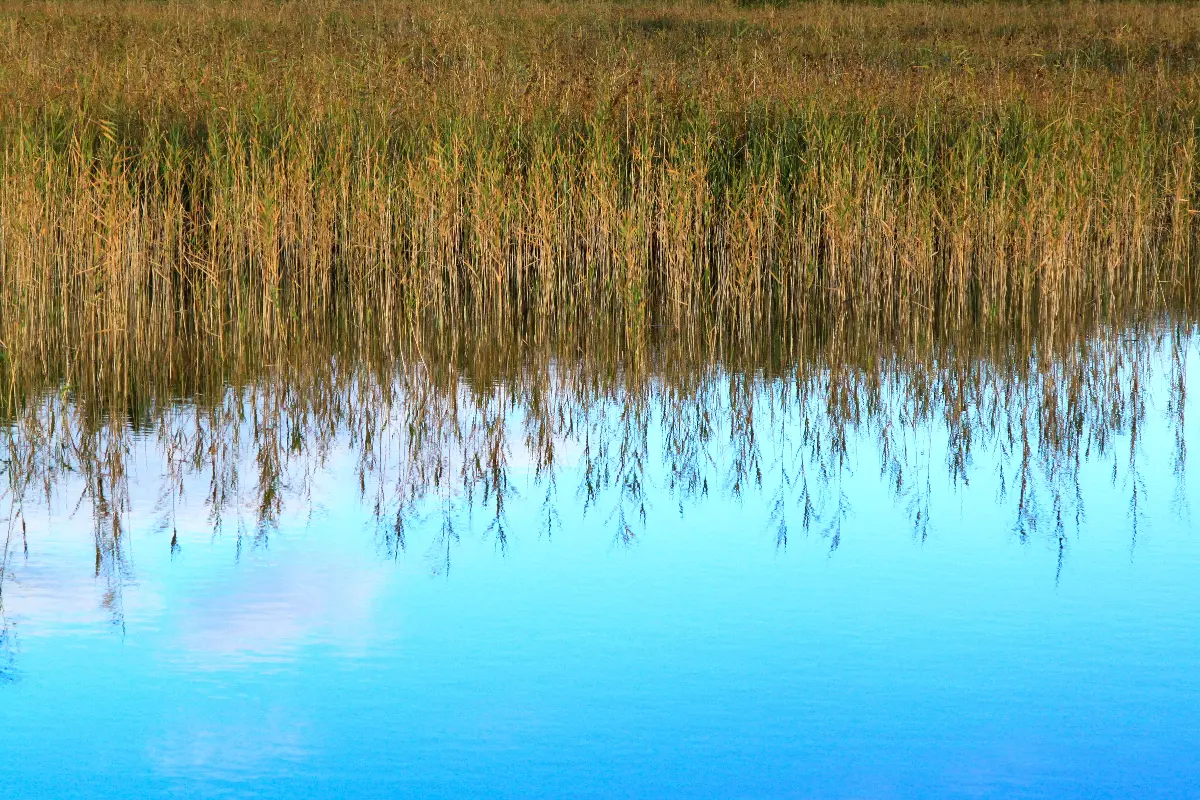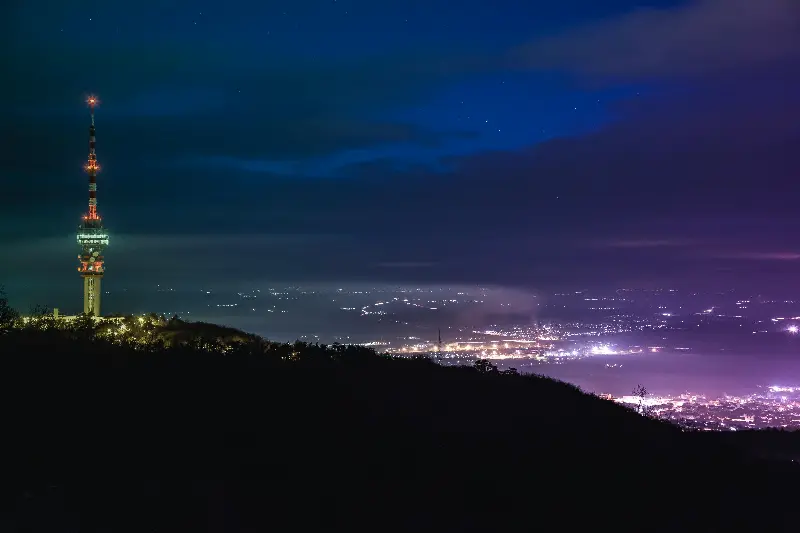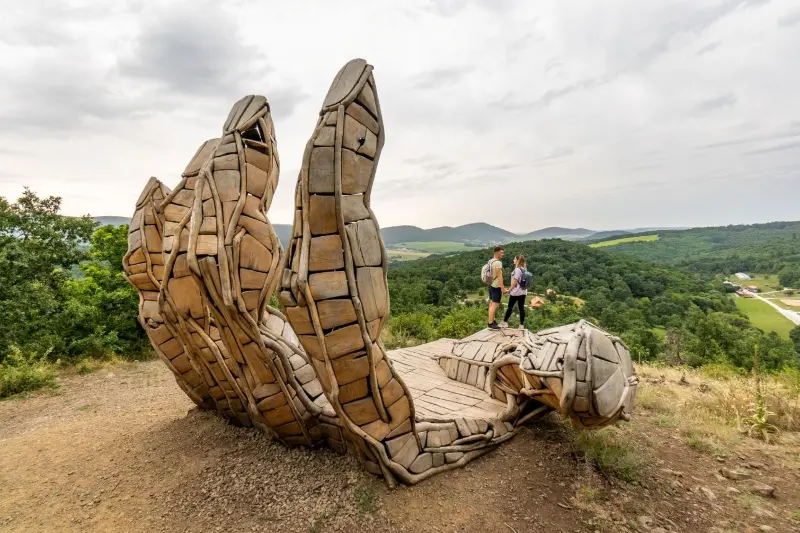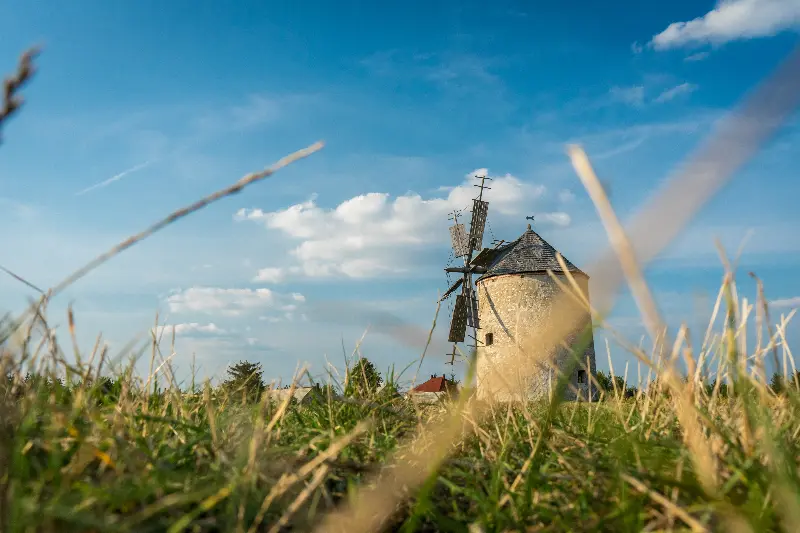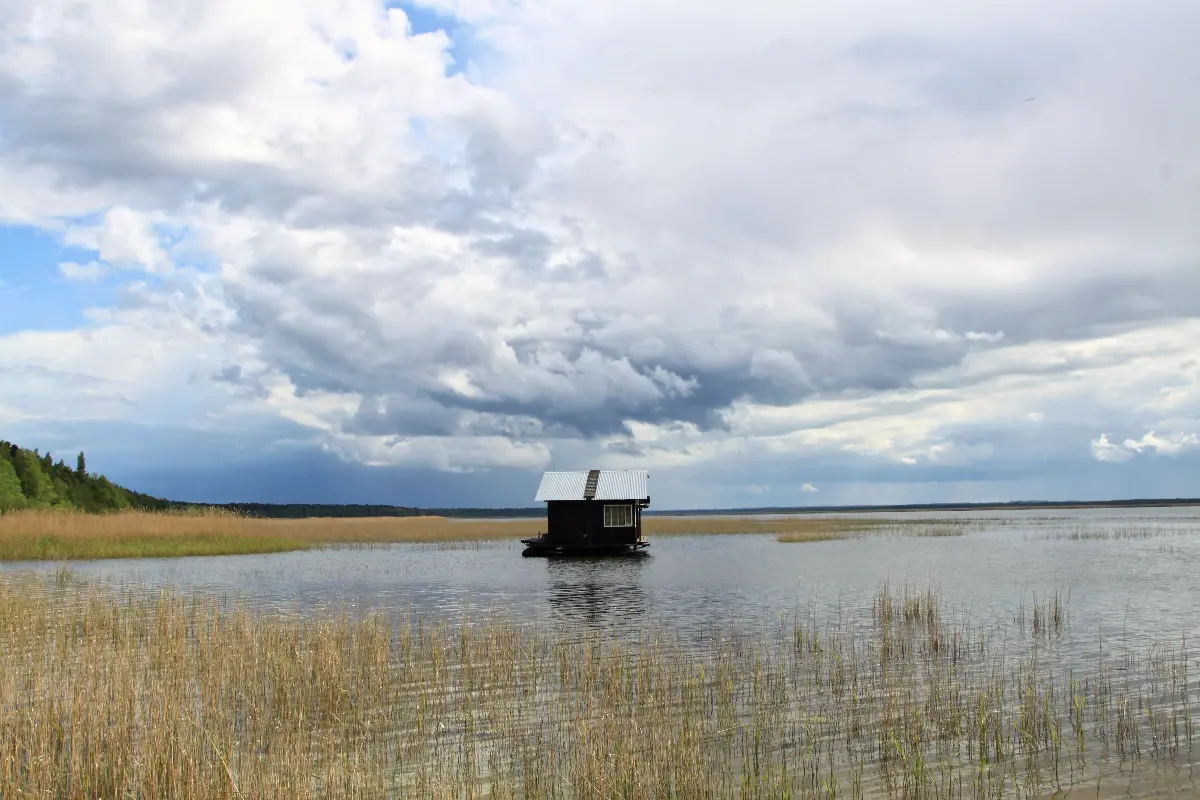
Helyszín címkék:
Five hidden fishponds in the Southern Great Hungarian Plain
Hype&Hyper
‘Fehér-tó’ (Lake White) | the giant lake of Csongrád-Csanád county
From a bird's eye view, a huge lake system unintentionally appears near Szeged, which is almost the size of the city itself - this is Fehér-tó, the largest stagnant water in the direct area, which was transformed from a once alkali lake into a fishpond. Surrounded by an alkali ‘puszta’ (steppe), the former swamp world not only provided fishing and grazing opportunities for our ancestors, but also provided home for an incomprehensibly rich life of the wetland. Ferenc Móra's rhetorical question perfectly reflects the disposition of the lake at that time:
What is Fehér-tó? It is the largest alkali puddle of the Great Hungarian Plain. When it is feeling well, it is a five-thousand-acre sea, which reaches from Szeged to Kistelek, it takes half an hour for the express train to go beside it. There is so much fish in it that the puli (Hungarian sheepdog) would eat it if it fancied the taste of the muddy fish. In great summers, the sea disappears, and then it becomes an endless alkali desert...
However, due to the increasingly frequent and serious threat of flooding, the city decided to use the lake economically and industrially, thus as a fishpond its character was fundamentally changed. Its classic image has disappeared, instead the wildlife of the reeds took control. Fortunately, despite the transformation, it keeps playing a significant role for the plumps of crossing waterfowl. However, the ancient alkali past of the lake did not pass easily - in rainy weather, the soil left in the bed often evokes the characteristics of the former Wild Water Land. That's why Fehér-tó is exciting! We can easily get to know the mysteries world of the flora and rich bird population, as various programs are available on the study trail along the lake, such as cycling or bird watching. The Fehér-tó is currently the part of the Kiskunság National Park.
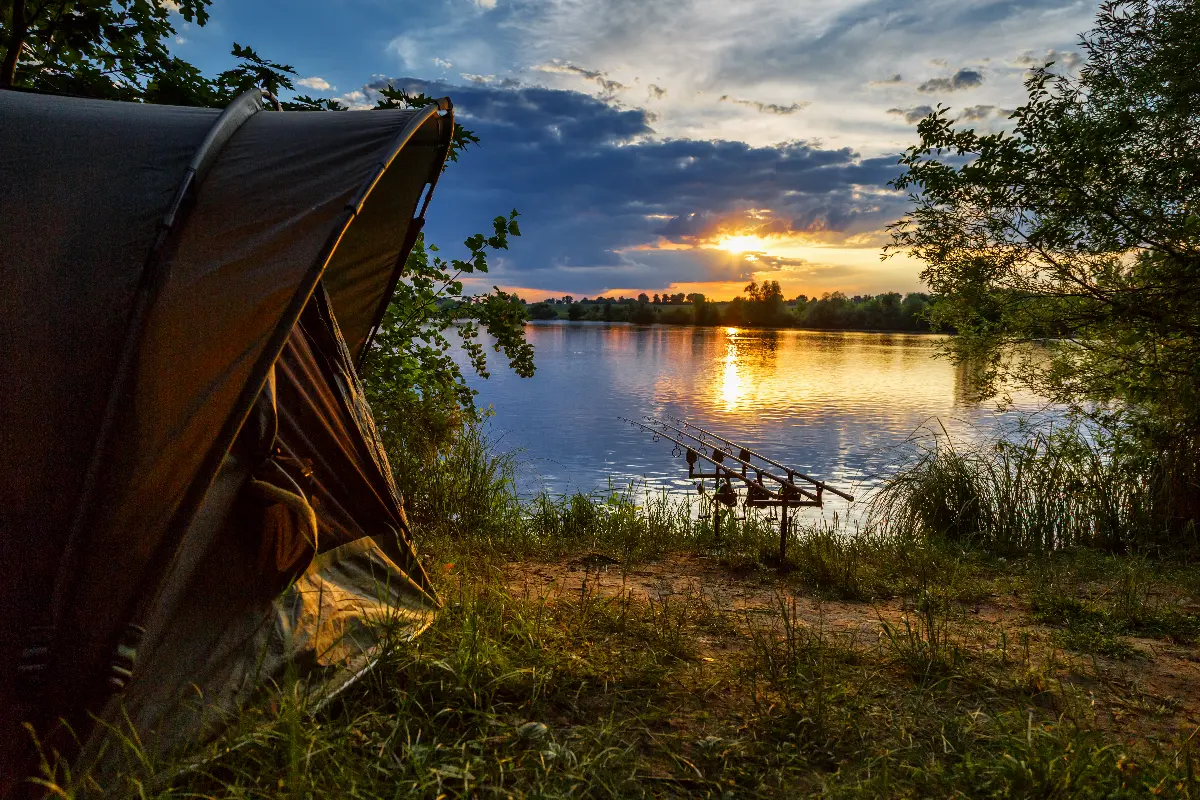
Mártély backwater | Inspiring panorama
The Tisza crosses a significant part of the Great Hungarian Plain, in the times before the river regulation it formed a lot of bends and tributaries, so the swollen riverbed caused a lot of problems with the frequent floods. After the regulation, the solitary, torn apart river sections became permanent views of the landscape. The melancholic, but beautiful backwaters are equally favourable for lovers of fishing and other water sports, and some of them are given special attention for nature conservation reasons, as it is the case with the Mártély backwater. The islands surrounded by morotvas (backwater), the lush vegetation of the meadows and the low-lying forest in the floodplain host outstanding fauna and flora. In early autumn, the migration of black storks and egrets is really spectacular, and in winter, thousands of wild geese and mallards appear on the unfrozen standing water. Besides the birds, of course, people are also big fans of this charming backwater - a trendy resort area works on the beach with restaurants, a free beach and other tourist rarities. The local art world could not stay away from this languid and fabulous natural beauty either: the Mártély shore, which is also impressive as a landscape, is a popular place for artists.
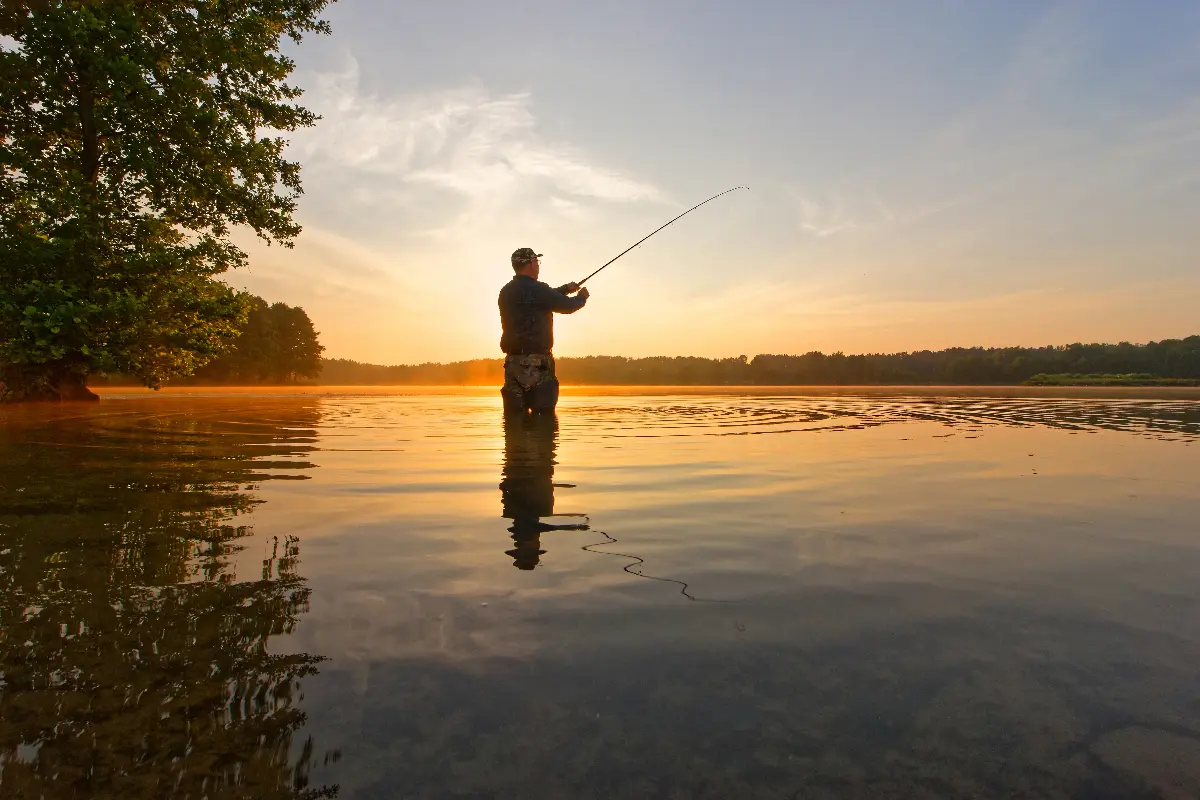
Lake Szelid | The colourful pearl of Kiskunság
In one of the most versatile waters of Kiskunság, everyone will find entertainment possibilities: resorts lie on the comfortable sandy beach, but quiet fishing places can also be found for fishermen who like solitude. Lake Szelid is a multifunctional water: besides fishing, it is famous for its therapeutic effect due to its iodine-saline composition. The lake is surrounded by hundreds of hectares of nature reserves, which is one of the glories of the Kiskunság National Park with its abundance of plants - it is no coincidence that the lake is very popular among hikers, as study trails on the shore provide exciting and pleasant hikes for visitors.
Biharugra fishponds |bird empire of Békés county
The Biharugra fishponds lie in the northeastern part of Békés county, next to the Romanian-Hungarian border. It is a popular spot for ornithologists and bird lovers, as there are hundreds of egrets, Eurasian bitterns, herons and many more waterfowl species in this area. Due to this special capability, it is no coincidence that part of the lake system is a highly protected area, which is also included on the List of Wetlands of International Importance (Ramsar), and is part of the Natura 2000 bird protection network. The lakes are currently included in the “Kis-Sárrét” area of the Körös-Maros National Park. With the exception of the protected area of fishponds and swamps and fishponds operated by companies, the area around the lakes is open to the public. It is a popular place for hikers, as thanks to the diverse natural world of the study trail, we can walk through the forest, swamp and lake habitats. The ‘Bihari Madárvárta panzió’ (Birdwatching Guesthouse of Bihar) can be found in the vicinity of the study trail, which thanks to its unique location, provides a special experience for nature lovers.
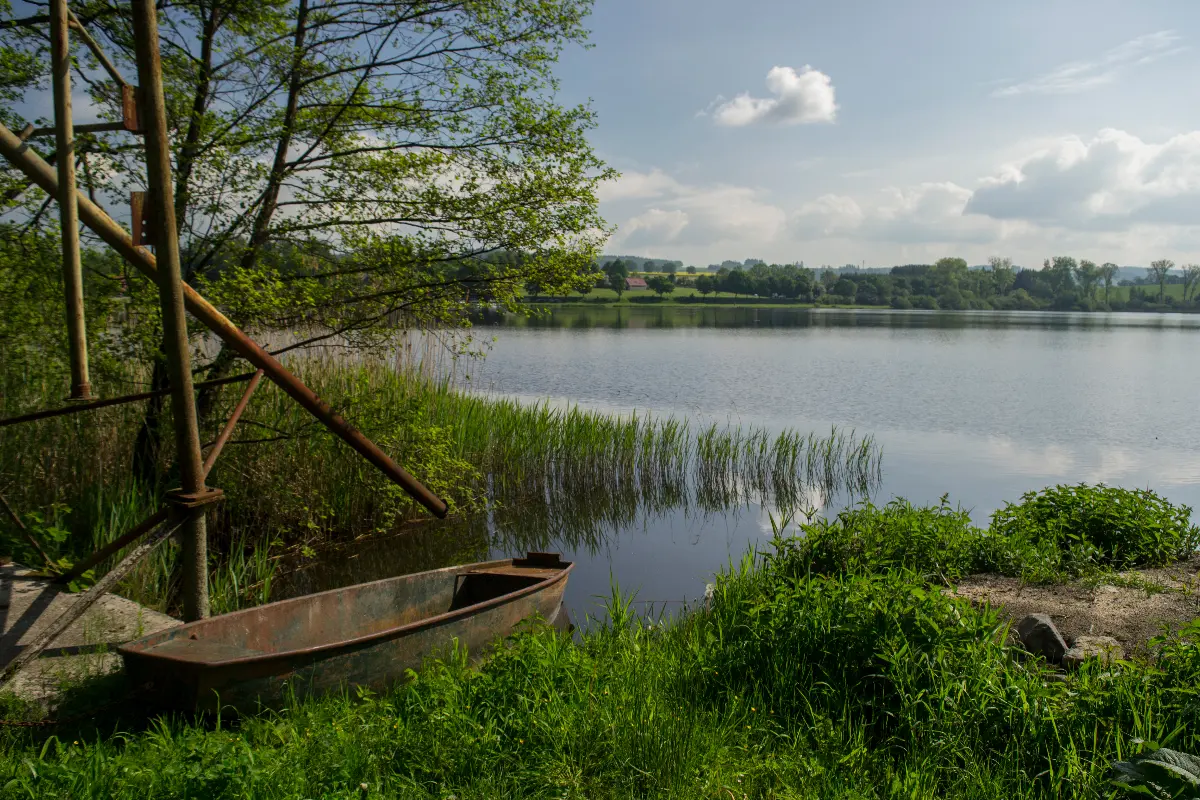
Lakitelek Backwater of Tisza | Winding backwater in Bács-Kiskun county
The water system of the Southern Great Hungarian Plain used to encompass this landscape like blood vessels to the human body: separately spread-out backwaters remained from the diversified rivers. The emblematic curvature of the Szikra backwater of Tisza is one of the prides of the Kunság National Park, as the winding groves, swamp forests and wet meadows on the shore are the holders of a very colourful natural world. The forest of the floodplain is a grove of poplar and willow trees, which is a hiding place for rare bats and owls, but it is not uncommon that an inattentive fisherman’s lure appears spontaneously. The Lakitelek backwater is an important fishpond in the region, but its hard-to-reach shoreline is recommended for experienced anglers. The stunning backwater ecosystem is quite diverse, so its significant area is highly protected. During the summer, the water surface is interwoven with a multitude of white water lilies, which is not only important to wildlife, but results in a lavish sight.
The Fehér-tó and the Biharugra fishponds are the dominant waters of the region, but due to their highly protected fauna and flora, they are under the full control of the district national parks, so fishing in these areas is strictly prohibited.
